A mad, mad, world
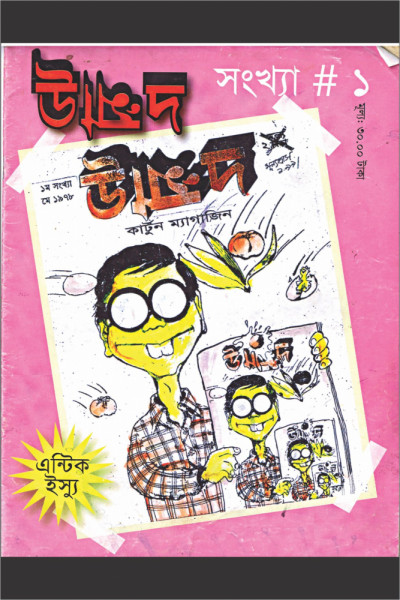
At 40, Unmad is the longest running satire magazine in South Asia. Apart from its reputation as a household essential for Bangladeshi teenagers, it has also been a sole platform for the artistic tradition of cartoon and satire to flourish. Over time, the magazine has evolved through generations of style and content while maintaining its core flavour of self-reflexive humour. The magazine boasts of star-studded alumni who started their careers as budding artists and writers. But has the journey always been smooth? And what does Unmad represent to younger generations now?
Unmad and the tradition of cartoons
It all started in May of 1978 when first-year students of BUET, Kazi Khaleed Ashraf and Ishtiaq Hossain got together to launch a satire magazine inspired by the British and American satire and humour magazines Punch and Mad. Unmad's content, though, has always been localised. "In the beginning, our content focused on the irony of daily life in Dhaka and in Bangladesh. We wanted to explore how people made light of the struggle of our urban lifestyle," says co-founder, Kazi Khaleed Ashraf, who is now director-general of Bengal Institute for Architecture, Landscapes and Settlements.
Ashraf hailed from a drawing and satire background while Hossain had experience in acting and drama—the latter created the comedic material, the former illustrated them. Ashraf is also credited for what is now famously known as the "Unmad style" and also for creating the informal mascot for the magazine—a boy with a pair of oversized glasses and two large rabbit teeth. The glasses are, in fact, magnifying glasses which symbolises Unmad's ability to see things beyond what is apparent to the naked eye; its rabbit teeth resemble the way Unmad nibbles into society's issues. The mascot, often considered a self-portrait, first saw light during Ashraf's school days in Notre-Dame and St. Gregory's where he worked as an editor for the campus magazine.
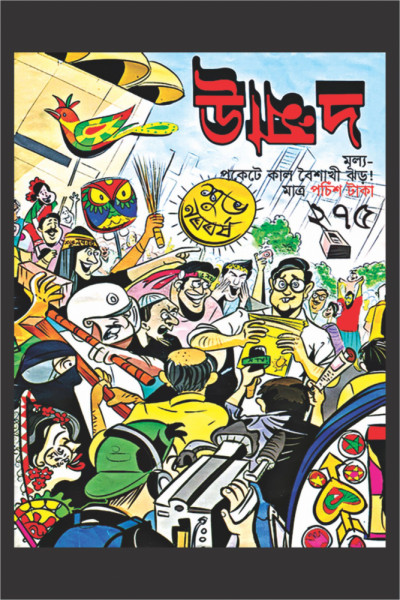
For the second issue of Unmad, Ahsan Habib, who is now the editor and publisher of Unmad, joined the team along with Sultanul Islam (who later became a famous sculptor), Kazi Naushad-un-Nabi (currently a reputed child specialist), Rezaun Nabi (renowned artist), Saiful Haque (who later became a renowned architect), Ilias Khan, and Sagar Khandaker, who is now the managing editor of Unmad.
Unmad's first issue sold an overwhelming 1,500 copies. "We had no idea that the magazine would receive such a positive response, it was entirely experimental. We were merely college students and did not know to handle such an overwhelming response. We distributed through newspaper hawkers who would inform us of the increasing demands," says Ashraf. Unmad's next issue sold 3,000 copies and kept increasing, eventually reaching a record-breaking 25,000 copies in circulation.
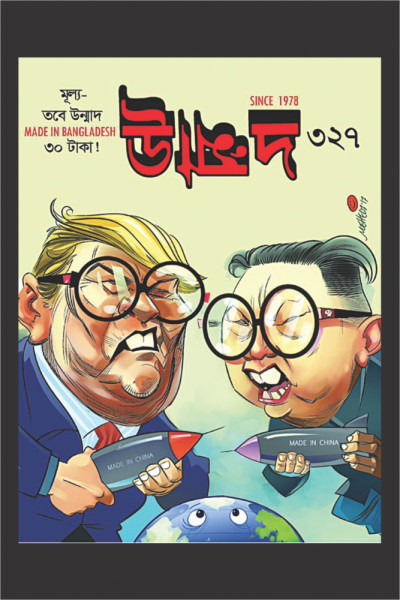
At that time, it took about two to three months to bring out one issue so Unmad was a tri-quarterly publication. The original team stayed together till the magazine's ninth issue, at which point, Ashraf went off to the US and Habib received a job opportunity at a bank. Unmad was breaking apart. "Naturally, nobody thought this could be an actual profession," says editor Ahsan Habib, "So then, I took a risk. I decided to leave my bank job and assume responsibility for the magazine."
In 1985, Unmad resumed under the leadership of Ahsan Habib who made it into a monthly publication. At that time, cartoon artists and humour writers were not as common. "During our early years, artists used to be moody and irresponsible. There would be times when an artist would commit to an assignment but only deliver half of the task, so we would have to fill in those parts ourselves," says Habib, "There was a huge crisis of artists, we couldn't fill 56 pages using just three artists."
Unmad eventually became a booming platform for younger artists to launch their careers as cartoonists, writers, and comic artists. According to Habib, "Unmad gave opportunities to anyone who loved to draw—something that wouldn't be possible in mainstream papers such as Prothom Alo or The Daily Star. Unmad has always been accessible for young artists with a passion."
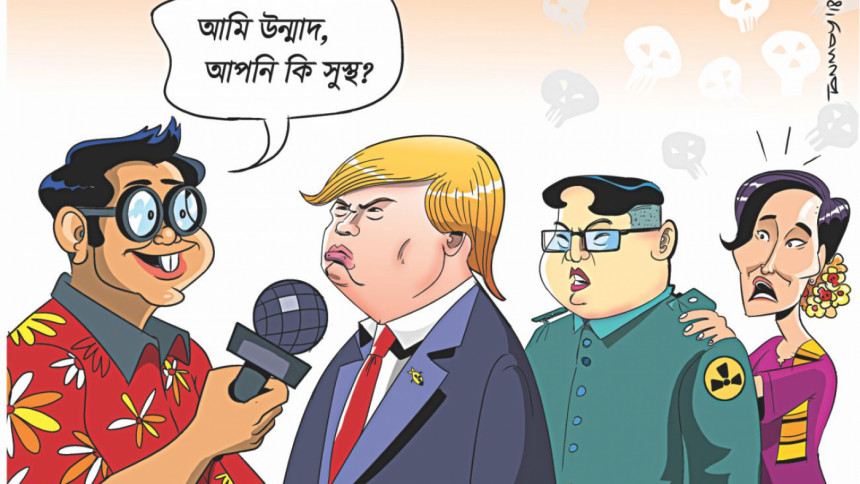
Mainstream papers, in fact, later launched several Unmad-inspired satire supplements such as Alpin (Prothom Alo), Upohaar (Daily Inqilab) and Bicchu (Daily Jugantor).
Kazi Khaleed Ashraf explains, "Unmad mainly wanted to establish a tradition of illustration and comic strips which soon became a household favourite and is now a popular medium among new generation of Bengalis."
Indeed, younger generations of cartoonists have sprouted Unmad spin-off organisations such as Cartoon People and Dhaka Comics. These organisations are collaborative spaces for artists who are involved with cartoons and comics in some way or the other, be it graphic novels, political cartoons, animation, illustration, or character design.
Syed Rashad Imam Tanmoy, who joined the publication as a cartoonist in 2006 and is now the associate editor, and also cartoonist at Dhaka Tribune, says, "With the advent of social media, cartoons have boomed again. A cartoon is just one image telling a story. And it's easy to create since you only need pen and paper to illustrate. So, this made the technique modern all over again."
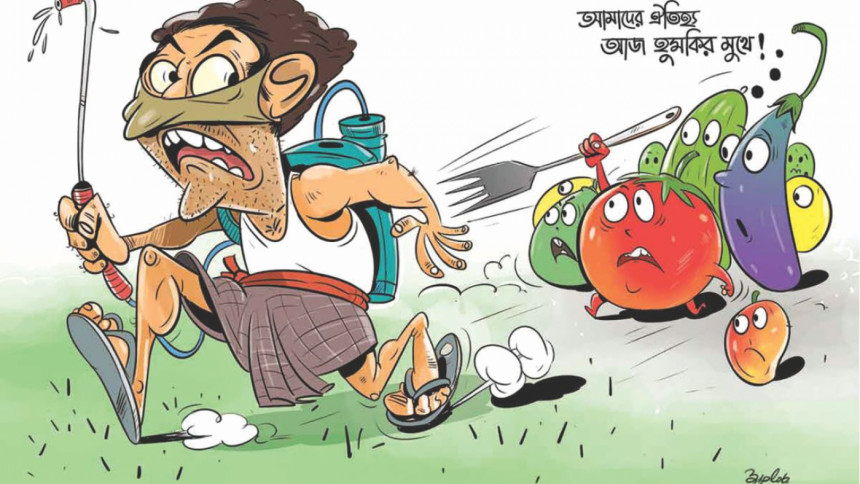
Meme culture and image-centric platforms such as Instagram and Tumblr are complimentary to the power of visual illustrations. And accordingly, several Unmad artists have moved onto such platforms, adapting to a more minimal style of drawing and captivating the younger generations with witty and intelligible content.
Cartoon as a political platform
Several pages of the aforementioned satire magazines, including Unmad's, were once filled with political and editorial cartoons making direct criticism of the governing systems. In 1990, during Hussain Mohammad Ershad's rule, Unmad faced a defamation case of one crore for its explicit political satire. Ahsan Habib personally met with then-president Ershad to defend his case. "He understood [after explaining] that we did not parody him as a person, but in fact, we were merely parodying the system." says Habib, "I still had to provide him with a written statement that from next time onwards, I will not make direct parody,"
"It is also important to note that if I make a cartoon about somebody and that person feels offended, then this is not exactly a witty cartoon," adds Habib, "The system is that, the one being parodied will feel the criticism while also appreciating the humour in it." Habib cites former Indian Prime Minister, Morarji Desai, who would hang all the cartoons about him on his office wall, claiming to learn from these criticisms. "The magazine got sued twice after that incident as well, so we had to run to the court a couple of times," adds Habib.
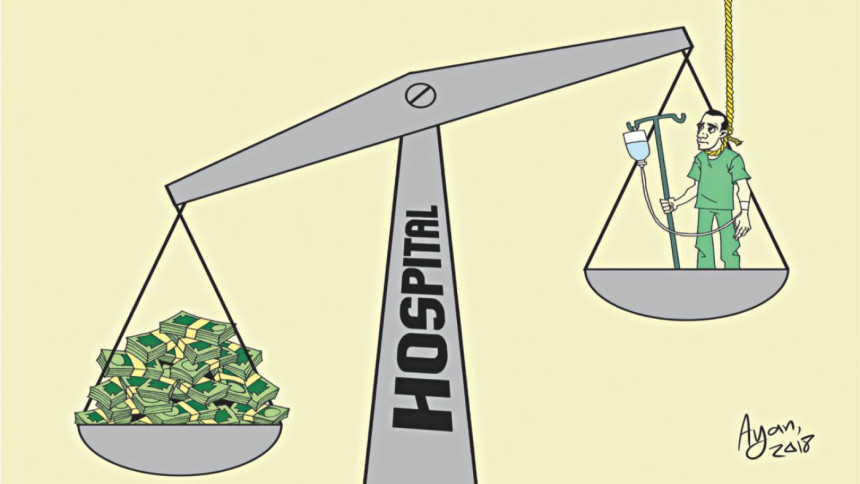
The writing material of Unmad has changed since and focuses more on social commentary rather than direct politics. "When we write our satire, we do it with much caution. We have to keep in mind that Unmad's readers range from children and teenagers to much older readers, and even the Army! So, we always keep in mind that we can't poke fun at MPs, lawyers, bureaucrats; and even if we do, we have to do it with a lot of ambiguity and symbolism. Since this is my only profession, I will be doomed if the publication gets banned. I've been in trouble a couple of times after which, I have become extremely cautious," explains Habib.
However, Mehedi Haque, a political cartoonist who joined Unmad in 1998 and is now the magazine's executive editor and senior cartoonist at New Age, believes that, "You can't stay neutral as writer or a cartoonist—everyone follows some kind of ideology and is biased towards that. The aim is to send this message in a humorous way so that the person being parodied also enjoys the sarcasm."
Mehedi's career-span has witnessed several government changes including a state of emergency in 2006 when editorial cartoons criticising the government was completely prohibited as per the Emergency Powers Rules 2007. Speaking of the current state of political cartoons, Mehedi opines, "A political cartoonist's job is to critique the establishment. But our party politics have become so binary that whenever a cartoon is anti-government, the ruling party associates it with propaganda from some opposition party. I have been drawing since '98 but back then it was easier. We now see strong evidence of self-censorship, much more than actual censorship. Maybe there is no actual embargo under democracy, but there is a lot more fear within cartoonists. Self-censorship is worse."
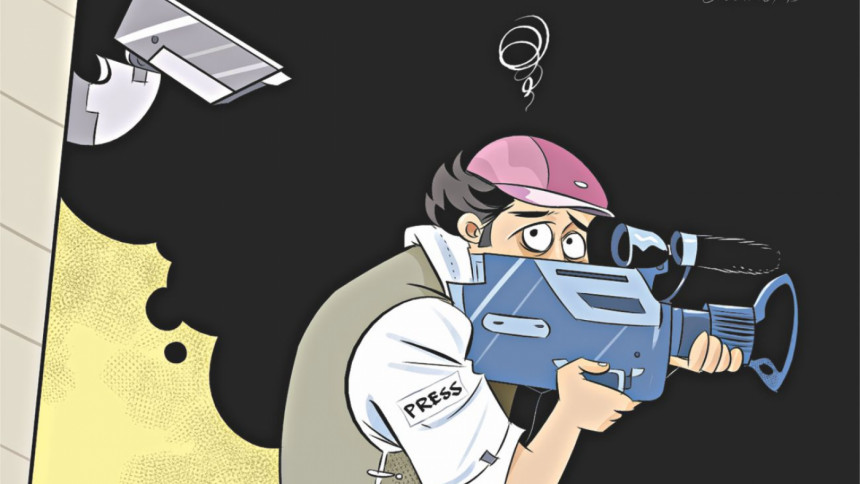
While Unmad's content has evolved over time and moved away from its vocal political stance, it has still managed to remain relevant to contemporary social issues. Mehedi explains the magazine's "apolitical" approach to social commentary. He says, "Unmad's style is more about self-criticism, he is bullying himself, he is the insane person while everyone else is sane and by reversing the lens as such, the social commentary becomes poignant. But at the end of the day, the reader realises that it is not the case, and reality, in fact, is rather crazy. The writer is employing negative psychology to highlight the discrepancies of reality."
One of the reasons for Unmad's widespread popularity is how easily it can be understood by everyone. Tanmoy states, "Sometimes when people write cartoons, they put more emphasis on the message. What happens then is that even though the message is really important, it does not get delivered since the reader loses interest. The trick is to deliver the message in a way that people are still interested; so, we focus more on the humour."
In this regard, veteran cartoonist Ahsan Habib says, "This is a time of saturated information; but this information is not knowledge. The job of the cartoonist is to convert information into knowledge. The knowledge, then, has to be transformed into wisdom. Wisdom is what can be useful for society."
Anything that which carries wisdom is fragile and as such, it must be handled with special care. In the age of information, simplicity of cartoons is particularly appealing to our short-lived attention span. Cartoonists and comic writers can easily capitalise on the popularity of this medium and so, they must do so keeping in mind their responsibility towards the greater good. But in a time of narrowing freedom of speech, can Unmad's social commentary-centric cartoons continue to still be relevant?
Photos: Courtesy





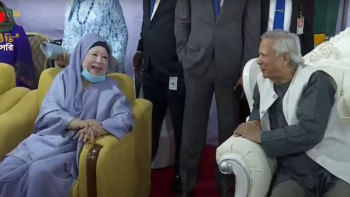
Comments